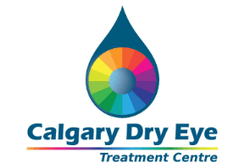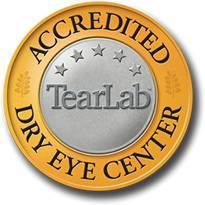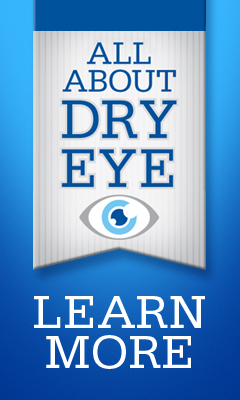Correct and thorough diagnosis is absolutely critical to successful treatment of any ocular surface disease.
If you have been diagnosed with dry eye, the first thing you need to understand is that "dry eye" is not a diagnosis."Dry eye" is a catch-all term for several ocular surface conditions, each of which have many possible underlying causes. The symptoms of all these conditions overlap a great deal. Your eyes may feel just as bad no matter what your diagnosis, and many palliative treatments may be the same for many diagnoses. But the best outcome often depends greatly on correctly identifying the conditions, and treating them appropriately and in the right order.
If you want to get your eyes healthy and comfortable, you must educate yourself and engage an eyecare professional who is both qualified and motivated to pin down the condition(s) you're suffering from and (to the extent possible) the underlying cause(s).
Commonly Un/Misdiagnoes Conditions
"Dry eye" in the most classic, literal sense means a failure of the lacrimal glands to produce enough moisture. This is often associated with Sjögrens Syndrome (or other auto-immune diseases like RA or lupus) and is also a side effect of many frequently prescribed medications. But as an exclusive cause of dry eye symptoms, it's not all that frequent. According to some estimates, 70% or more of "dry eye" cases are actually people with poor tear quality, not quantity. Even those who do have "classic" dry eye often have other related conditions as well.
Here are conditions that are closely associated with dry eye symptoms. Before your next appointment with your optometrist, get a basic understanding of these and ask about them specifically.
- Blepharitis
- Meibomian gland dysfunction
- Nocturnal lagophthalmos
- Recurrent corneal erosions (RCEs)
- ABMD (EBMD, MDFD)
- Ocular rosacea
- Ocular allergies
How to Get a "Better" Diagnosis
Educate Yourself
Make a personal commitment to getting educated about dry eye so that you can make the best possible use of the eye doctor(s) you work with.Use sites like this to read up on the basics of dry eye and related conditions, especially those identified above. Educate yourself about treatment options. If you attend an appointment with a basic working knowledge of what treatments are for which conditions, this can help you go home with more information.
Prepare for Appointments
If it is a first-time appointment this is especially important - but it is helpful for ALL appointments. Your preparation should include a concise summary of the following:
- Symptoms. Make sure you can describe your symptoms accurately. You may want to print our page on symptoms and circle any that apply to you. Make notes on things like what time of day and in what environments your symptoms are worst as those may be very important clues to what's going on. Complete the OSDI (A 12-question survey for dry eye patients) or some other scientifically validated questionnaire for dry eye symptoms - this is extremely helpful as a way to "quantify" your symptoms. You can ask to have this made part of your record.
- Treatment history. Note: Even if you think of certain things as cause-and-effect, e.g. "I took thus-and-such for 3 months and my eyes felt worse" don't be put out if your doctor does not take this for granted. Often there really is more to it.
- Medications. Of course we always have to list these on medical forms. But you may want to check any medications you're taking to see if they have dry eye as a side effect, so you can discuss it with the doctor.
- Vitamins/Dietary supplements. Make a list of any you take and in what dosage.
- Questions to ask. Keep it reasonable - don't take a list a page long, but do write down key questions that you want answers to.
Set an Agenda
Don't expect to get all the answers in a single appointment - especially not the first appointment, even if you are travelling to see a specialist. Ocular surface disease is complex stuff and it may take time and detective work to unravel it. Your eye doctor may bring to light a condition you are hearing about for the first time and this may consume the whole appointment. But with a committed local doctor whom you will be seeing regularly, it may be very useful to set a limited agenda, for example, exploring eyelid disease/blepharitis/MGD, or allergies, or eyelid mechanics, or aqueous tear production, in order to keep things focused and to have time to discuss it thoroughly, including all the different treatment options for that condition.
Bring a Friend
Consider taking someone with you to your appointment. This can be helpful for people who get uncomfortable or flustered when visiting the doctor, and especially if you're experiencing depression and/or anxiety related to dry eye. A little moral support from a friend or family member can go a long way. They'll help you remember what you wanted to say and help you remember when the doctor said afterwards.
Plan to be a Good Patient
Go with a positive attitude and reasonable expectations. It's hard for optometrists to help difficult patients. Patients may be considered difficult based on their attitude, their lack of compliance with directions, or both. one way you can help is by filling out our Dry Eye Questionnaire.
Thanks to The Dry Eye Center for content used in the creation of this webpage. ©2011 - All rights reserved. Reproduction other than for one-time personal use is strictly prohibited.



